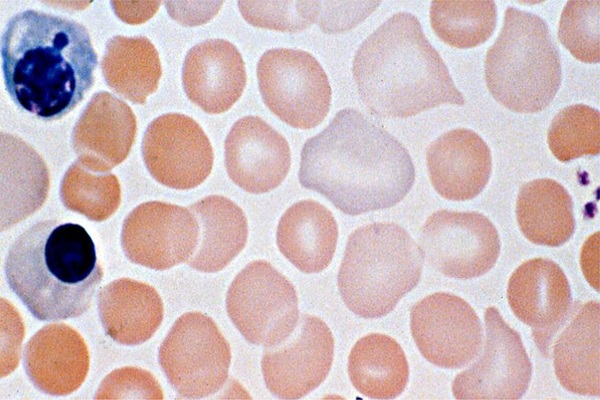The effect of delivery type on neonatal blood indices in an Iranian population
DOI:
https://doi.org/10.15419/bmrat.v5i10.492Keywords:
Blood indices, Delivery type, Iran, NeonateAbstract
Background: Generally, there are two methods for childbirth: normal vaginal and cesarean section (C-section). Each method has advantages and complications. In this study, we investigated the effects of type of delivery on hematological parameters in healthy full-term neonates in an Iranian population, from 2016-2017.
Materials: Three hundred pregnant women, along with their healthy and term babies, were studied. According to the route of delivery, the neonates were divided into two groups: vaginal (n=150) and C-section (n=150). Complete blood count (CBC) and peripheral blood smear (PBS) were performed on the neonates from umbilical cord blood immediately after birth. Data were analyzed by using SPSS v. 22 and statistical analyses were done by student's t-test and correlation tests, with P-value < 0.05 set as the lowest limit of significance.
Results: We observed a significant increase in hematologic parameters, such as red blood cell (RBC) count, hemoglobin, hematocrit, red cell distribution width (RDW), platelets, total leukocyte count and neutrophil count, in full-term neonates who delivered vaginally compared to those delivered by cesarean section (p<0.001). However, there was no significant difference between the delivery types in terms of mean corpuscular volume (MCV), mean corpuscular hemoglobin (MCH), mean corpuscular hemoglobin concentration (MCHC), mean platelet volume (MPV), platelet distribution width (PDW), eosinophil count, lymphocyte count, or monocyte count.
Conclusion: According to our study, the mode of delivery influences the hematological parameters in full-term neonates; thrombocytopenia and anemia in neonates were associated with cesarean section delivery. Thus, we recommend that pregnant women do not deliver by C-section unless in emergency situations.

Downloads
Published
Issue
Section
License
Copyright The Author(s) 2017. This article is published with open access by BioMedPress. This article is distributed under the terms of the Creative Commons Attribution License (CC-BY 4.0) which permits any use, distribution, and reproduction in any medium, provided the original author(s) and the source are credited.
